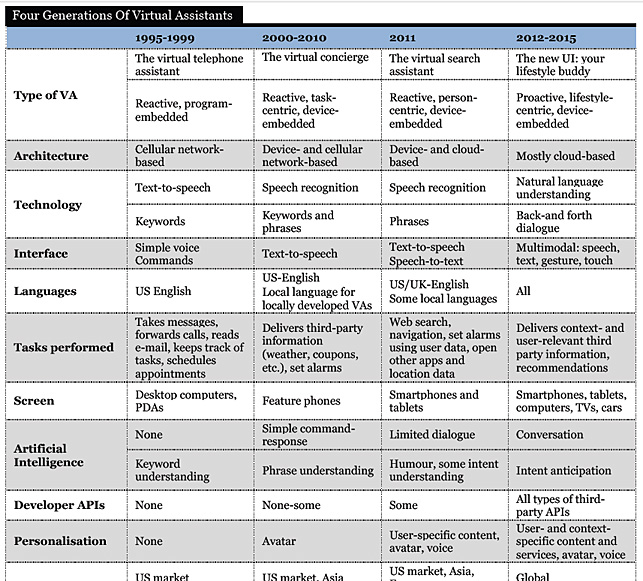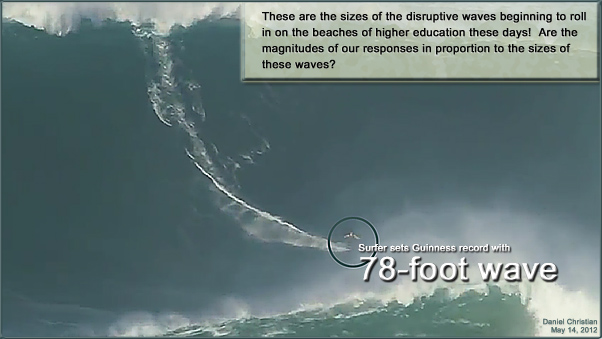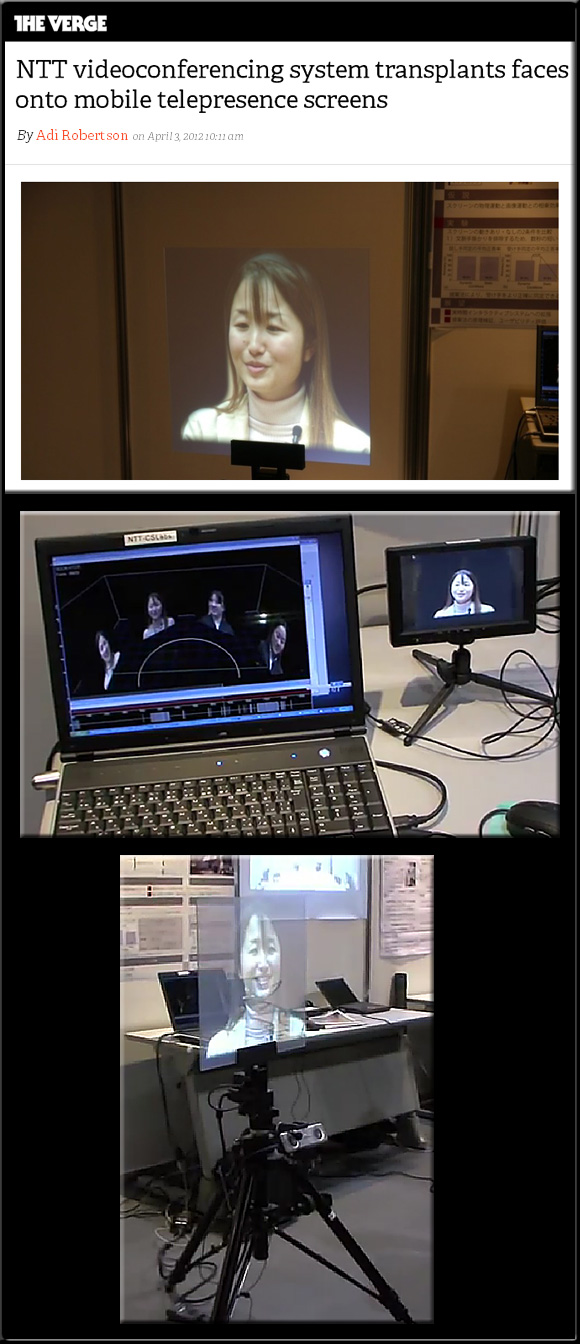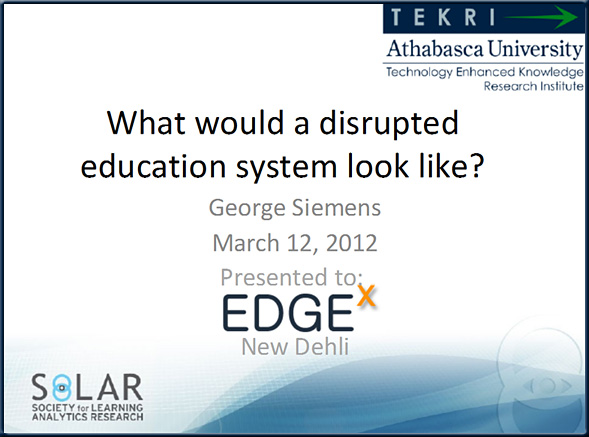Book Description
Publication Date: June 26, 2012
America is facing a higher education bubble. Like the housing bubble, it is the product of cheap credit coupled with popular expectations of ever-increasing returns on investment, and as with housing prices, the cheap credit has caused college tuitions to vastly outpace inflation and family incomes. Now this bubble is bursting.
In this Broadside, Glenn Harlan Reynolds explains the causes and effects of this bubble and the steps colleges and universities must take to ensure their survival. Many graduates are unable to secure employment sufficient to pay off their loans, which are usually not dischargeable in bankruptcy. As students become less willing to incur debt for education, colleges and universities will have to adapt to a new world of cost pressures and declining public support.
About the Author
Glenn Harlan Reynolds is the Beauchamp Brogan Distinguished Professor of Law at the University of Tennessee. He writes for such publications as The Atlantic Monthly, Forbes, Popular Mechanics, The Wall Street Journal, and the Washington Examiner. He blogs at InstaPundit.com.
Also see:
- Subprime college educations — from washingtonpost.com by George Will
.
From DSC:
Note many of the relevant categories and tags I put this under — items I’ve been covering for years:
- Walmart of Education
- Cost of obtaining a degree
- Reinventing oneself
- Dangers of the status quo
- Game-changing environment
- Future of higher education
- Leadership
- Strategy
- Staying relevant
- Disruption
- Surviving

















